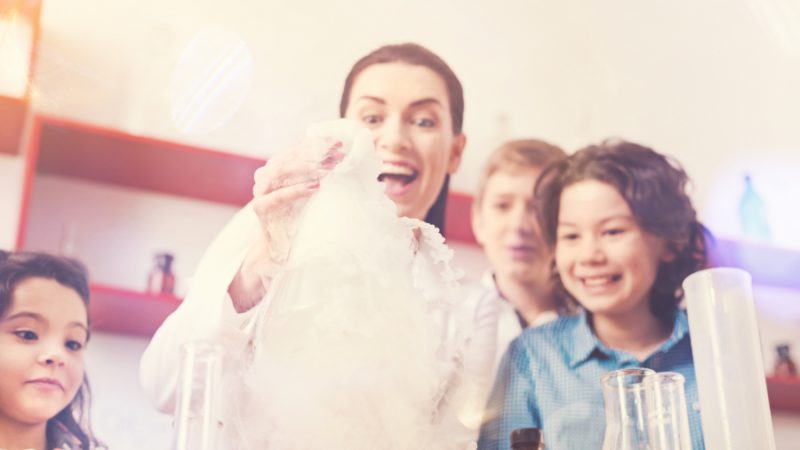The COVID-19 crisis is currently affecting all of us and all eyes are set at the scientific community that is eager to find a drug or a vaccine against the virus as soon as possible. Furthermore, the European Commission has launched the Green Deal concept which includes a research budget within the Horizon 2020 program of 1 billion Euro! Let’s conclude from these two recent examples: Science is important for all of us to move forward and to find solutions to meet the big challenges of our planet. In other words: science affects all of us and life is science!
But what is happening behind the walls of a research institution?
Science starts with understanding complex coherences and building up on these findings for further hypothesizing and working on new solutions. Validation and testing are also very important aspects that take a lot of time and are important for paving the way to industrial applications. Usually, science is not a one-man or -woman-show. A lot of people and experts from different disciplines are involved and form a research team that works on a particular topic for a couple of years. Science is a continuous process and the more perspectives are considered the better the results.
From Science to Public
Therefore, research is not only restricted to trained scientists. There is for sure a bit of investigative spirit in all of us – especially our kids. Kids and young adults have a natural curiosity and motivation to explore new things. That makes them the ideal audience for science communication, open research events and hands-on experiments. This is one of the main motive forces to organize an event like “Life is Science” despite the challenging conditions of COVID-19 restrictions.
From Screen to Screen
“Life is Science” was adapted to the current situation and re-designed as a virtual event that offers a variety of activities for kids, pupils and young adults in the topics “Health”, “Food” and “Renewable Resources”. The program is designed by scientists and structured in a mix of live acts (workshops, lectures and discussions) and pre-recorded videos. Furthermore, the kids have the possibility to get interactive by playing online-games, filling quizzes, trying DIY experiments at home and much more.
We are aware of the fact that the European Researchers Night usually lives on personal interaction and vivid exchange between scientists and public. This is somehow limited when you are interacting from screen to screen.
Science at Home
However, the program of “Life is Science” offers a lot of activities for complementing the current “distance-learning” approach in natural sciences on the one hand, and for bringing some variety to our daily routines at home on the other. We hope that with our program we can deliver what it promises. And in case we could awaken the investigative spirit in some of our attendees, we will be happy to welcome them as a colleague in a few years. See you next week, stay healthy and keep curious!
Picture credits: Shutterstock
